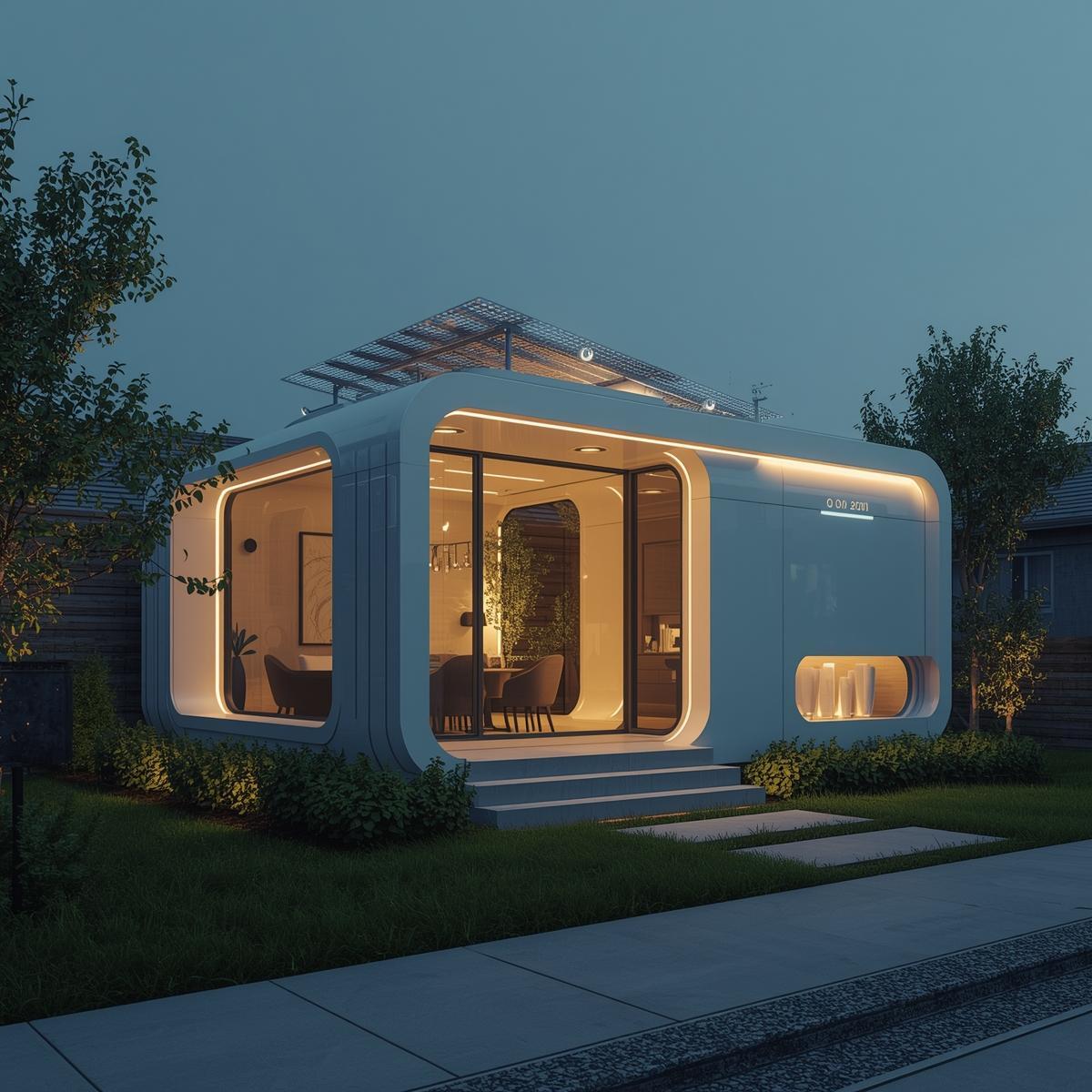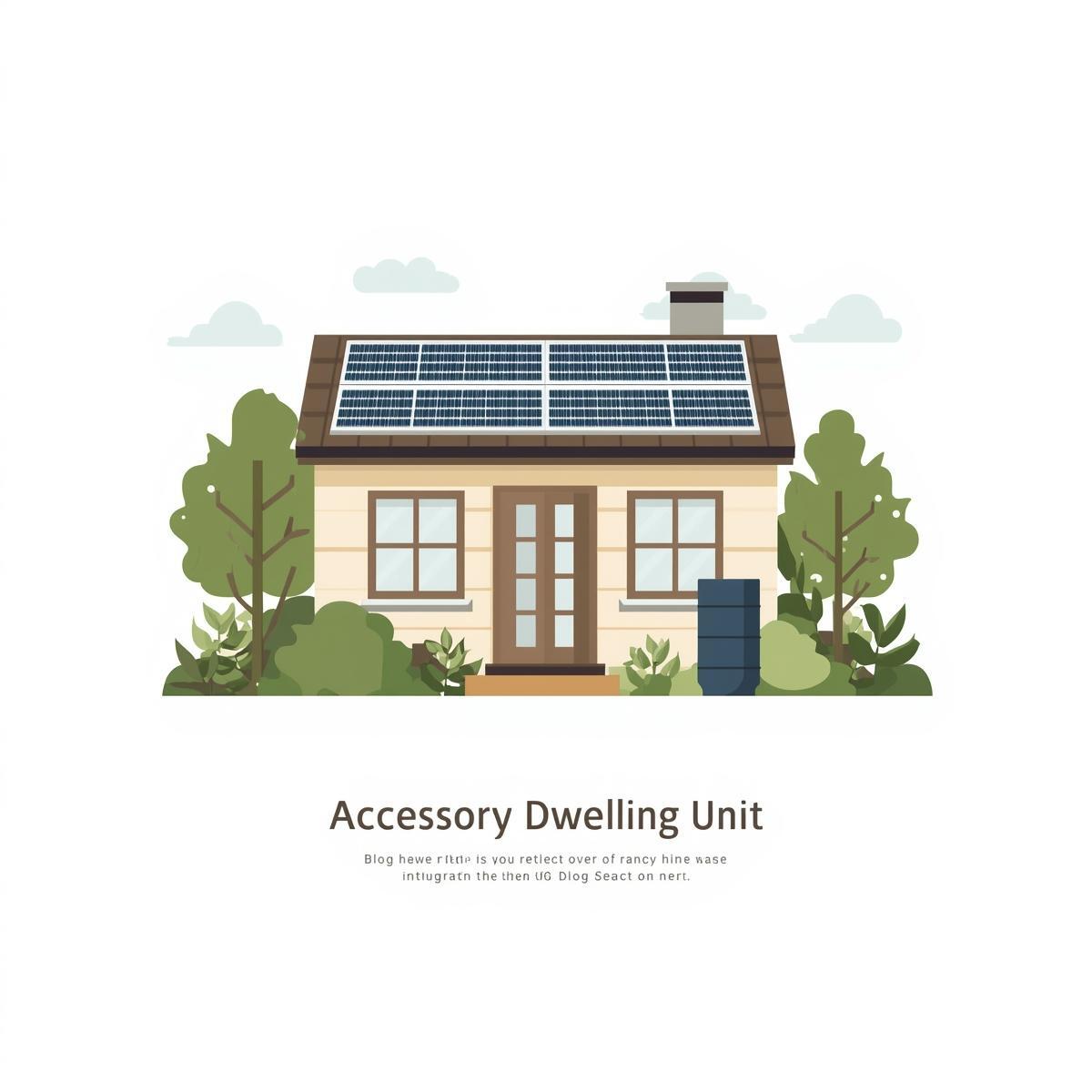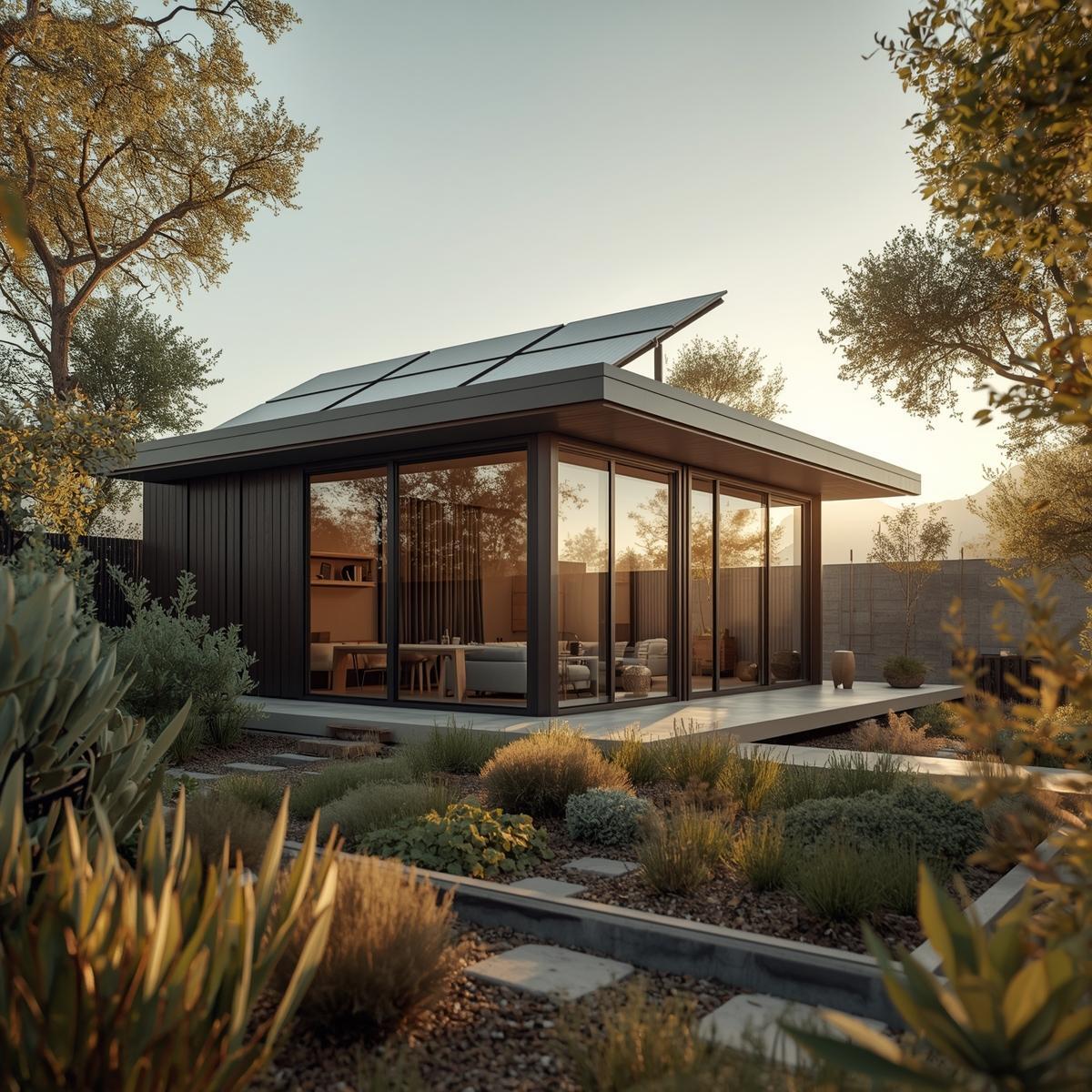Accessory Dwelling Units (ADUs) are fast becoming a favorite choice for homeowners looking to expand living space, generate rental income, or add property value. But not all ADUs are equal. A well-designed adu maintains a balance of functionality, comfort, energy efficiency, and durability. It is here that the role of smart and durable Adu design comes. In this article, we will analyze the principles of sustainable ADU, detect cost-effective strategies, and answer important questions to help you choose informed options.

Understanding Smart and Sustainable ADU Design
In its origin, durable adu design connects two supplements:
- Smart Design: Thoughtful planning, efficient layouts, and modern technology create functional, comfortable, and cost-effective living spaces. Learn more about smart home strategies.
- Sustainable Design: Eco-friendly materials, energy-efficient systems, and responsible construction reduce environmental impact and operating costs. EPA green building resources.
Key Principles of Smart ADU Design
1. Efficient Space Planning
ADUs are usually compact, so efficient use of the space is necessary. Multi-functional fields, built-in storage space, and open layouts make the small space feel big. For example, the fold-down desk,
Murphy bed,s and hidden storage units also allow the living room to be used as a guest room or workplace. HGTV's small-place adu suggestions provide even more inspiration.
2. Orientation and Natural Light
The position of windows and doors significantly affects energy efficiency. The smart adu design takes advantage of the principles of passive solar energy, which reduces dependence on HVAC systems
using sunlight for light and heat. Keep the windows strategically, and apply shade or a canopy to avoid excessive heat. Do passive solar power design tips explain these techniques in detail?
3. Technological Integration
Smart technology enhances efficiency, comfort, and security. Consider:
Programmable thermostats
LED lighting
Automated window shades
Water-saving fixtures
These systems lower utility costs and improve usability. Check CNET’s smart home tech guide for options.
Core Elements of Sustainable ADU Design
1. Energy-Efficient Materials
Sustainable ADUs start with eco-friendly materials:
FSC-certified wood: Long-lasting, responsibly sourced. FSC official site
Recycled or reclaimed materials: Reduces waste while adding character
Low-VOC paints and finishes: Enhance indoor air quality
2. Insulation and Thermal Performance
Walls, roofs, and floors should meet or exceed energy codes. High-performance windows prevent heat loss in winter and minimize heat gain in summer. Energy.gov insulation best practices
3. Water Efficiency
Low-flow toilets, water-saving fixtures, and drought-resistant landscaping conserve water and reduce bills. EPA WaterSense guidelines can help select efficient fixtures.

How to Build a Sustainable ADU
Building a sustainable ADU requires planning from day one:
- Site Selection: Maximize sunlight, shade, and ventilation.
- Materials: Use durable, eco-friendly materials to reduce waste.
- Energy Systems: Solar panels, high-efficiency HVAC, and LED lighting save energy.
- Water Management: Include rainwater harvesting and drought-tolerant landscaping.
- Smart Design: Multi-functional furniture, proper insulation, and optimized layouts increase comfort and efficiency.
What Type of ADU is the Cheapest?
The cost of all ADUs is not the same. The main factors include size, design, and construction types:
Detached ADUs: Independent units provide privacy, but they usually cost high cost due to foundation and infrastructure.
Attached ADU: Built as an extension of the existing house, they are cheap because walls and utilities are shared.
Garage conversion: Often the most affordable option, converting existing garages can prevent new foundations or major structural functions.
Although cost is important, the cheapest option is not always the best. Balancing the price with efficiency, utility, and durability ensures long-term value. The California ADU cost guide provides estimates.
Combining Smart and Sustainable Strategies
Examples of integration include:
Inactive designs: optimize natural light and reduce excessive heat.
Solar Energy: Put a panel to make up for energy use.
Skilled Equipment: Choose Energy Star-Recycled Products.
Smart Thermostats: Program to save energy during absence.
Rainwater harvesting: Reduce the water dependence of the municipality.
By merging design intelligence with sustainable practices, your ADU can be highly efficient, comfortable, and environmentally responsible.
Benefits of Smart and Sustainable ADUs
Low operating costs: savings on utilities with efficient materials and equipment.
Increased value of property: Buyers and tenants value durable, high-demonstration units.
Environmental responsibility: reducing energy, water and waste.
Better comfort: Better insulation, ventilation and daylight improves conditions.
Future-protection: Smart technology and durable designs are compatible with future needs.

Common Features of Smart and Sustainable ADUs
- LED lighting throughout
- High-performance windows and doors
- Multi-purpose furniture and storage solutions
- Low-flow plumbing fixtures
- Solar-ready roofs or panels
- Smart home automation systems
Practical Tips for Designing Your Smart ADU
Plan Early: Integrate sustainability from the start.
Work with Experts: Experienced architects and builders provide guidance, especially if you’re looking for the top ADU permit company in San Diego to navigate complex regulations. For those in In Southern California, learning How To Get ADU Permit In Palm Springs efficiently can save both time and money. AIA – Find an Architect
Prioritize High-Impact Features: Insulation, appliances, and orientation first.
Consider Multi-Generational Use: Flexible spaces adapt over time.
Check Incentives: Tax credits or rebates can offset costs. DSIRE Incentives
Challenges to Consider
Initial Costs: Sustainable materials and systems can be pricier upfront.
Zoning and Regulations: Local codes may limit ADU features. California ADU Laws
Space Constraints: Small footprints require careful planning.
Despite challenges, long-term savings and property value often outweigh initial costs.
FAQ – Smart and Sustainable ADUs
Q1: How long does it take to build a sustainable ADU?
A: Depending on size and complexity, construction can take 3–9 months, including permitting.
Q2: Can I install solar panels on any ADU?
A: Most ADUs with suitable roof space can support solar panels. Local codes and orientation may affect efficiency.
Q3: Are attached ADUs always cheaper than detached ones?
A: Generally, yes, because they share utilities and structural components with the main house.
Q4: Do sustainable ADUs increase property value?
A: Absolutely. Energy-efficient and smart-designed ADUs attract buyers and tenants, boosting ROI.
Q5: What’s the cheapest way to create an ADU?
A: Converting existing space, like a garage, is often the most cost-effective option.
Conclusion
Smart and durable Adu design is only about aesthetics - it is about making a place to live that is functional, skilled, responsible for the environment, and
valuable over time. Careful plan, durable material,
and integration of smart technology ensures that your ADU fulfills today's needs while preparing for the future.
Pay attention to the efficiency, material, energy, and water efficiency, and smart systems when planning. Your adu can become a high-demonstration,
environmentally covered, and comfortable place that adds value to both economy and lifestyle.

